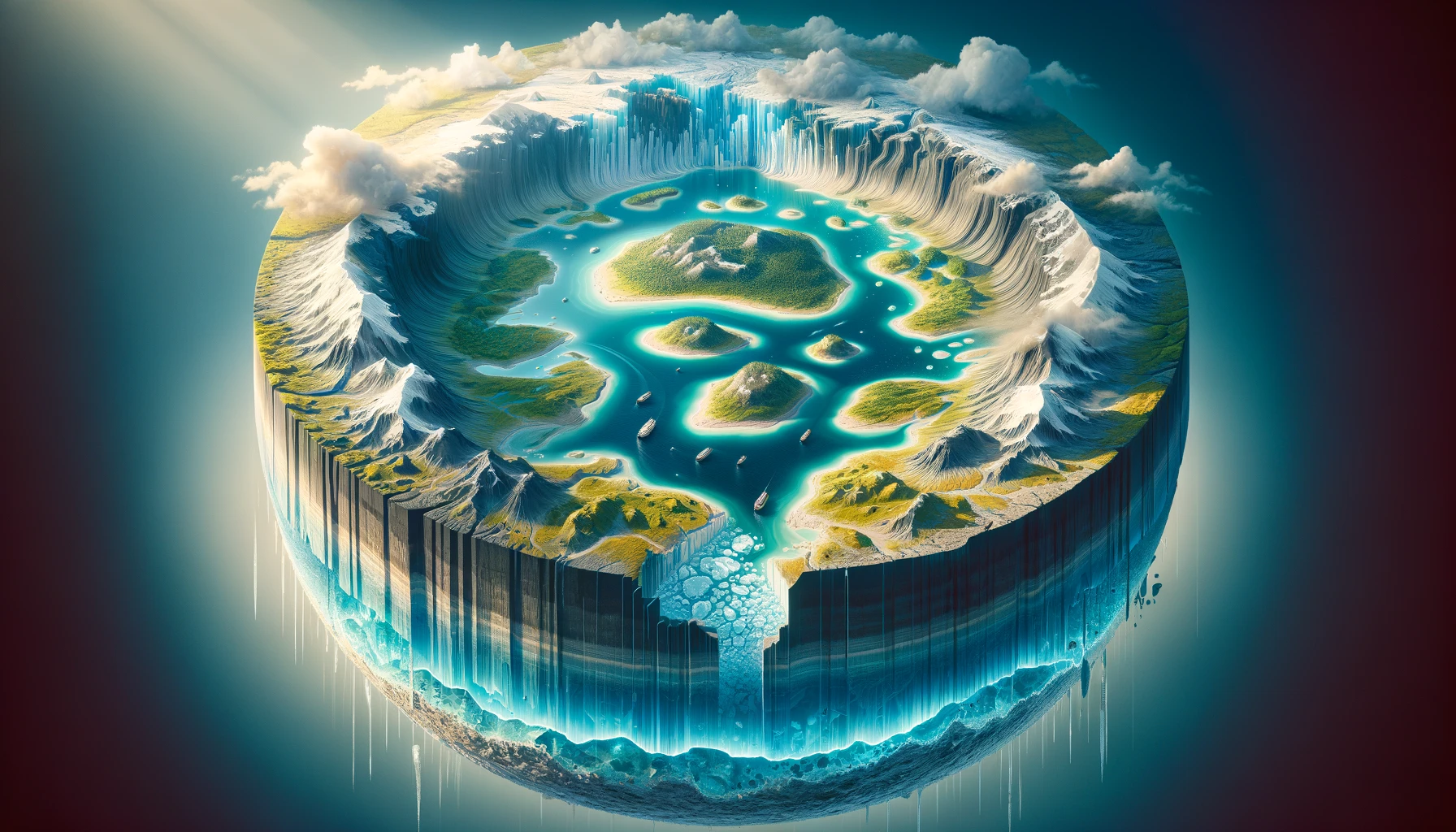Sweden is the country with the most islands in the world, boasting an astonishing total of around 267,570 islands. This remarkable number surpasses any other nation, making Sweden a fascinating destination for island enthusiasts and nature lovers alike. The Swedish archipelago stretches along its coastline, offering a diverse array of islands, many of which are uninhabited, providing pristine natural landscapes for exploration and adventure.
Discovering Sweden’s Archipelagos

Sweden’s extensive coastline is dotted with numerous archipelagos, each with its unique charm and natural beauty. The Stockholm Archipelago, one of the most famous, consists of roughly 30,000 islands, islets, and rocks. From the bustling city life of Stockholm, it’s a short journey to this tranquil archipelago, where visitors can enjoy kayaking, sailing, and exploring quaint villages.
Another notable archipelago is the West Coast, or Bohuslän Archipelago, renowned for its breathtaking scenery, crystal-clear waters, and excellent seafood. This region offers an authentic Swedish coastal experience, with opportunities for fishing, swimming, and seal watching.
Why Sweden Has So Many Islands
The reason Sweden has so many islands is deeply rooted in its geological history, particularly influenced by the last Ice Age and the subsequent process known as post-glacial rebound or isostatic adjustment. This fascinating process has sculpted Sweden’s current landscape, leading to the formation of its myriad islands, especially pronounced along the country’s extensive coastline.
Geological History and Ice Age Influence
During the last Ice Age, which peaked about 20,000 years ago, much of northern Europe, including Sweden, was covered by a thick layer of ice. This massive ice sheet exerted tremendous pressure on the Earth’s crust, causing it to depress. As the climate warmed and the ice sheet began to melt, the weight on the crust was relieved, and the land slowly started to rise—a process that continues to this day, although at a slower rate.
Post-Glacial Rebound
The phenomenon of post-glacial rebound is most evident in Sweden’s High Coast (Höga Kusten) area, which exhibits the world’s highest uplift rates, with the land rising at about 8mm per year. This rebound is not uniform and has resulted in the emergence of new land areas, contributing to the formation of thousands of islands along Sweden’s coast. The geological term for these newly emerged lands is “skerries,” which refer to the rocky islands that dot the seas near the coast.
The Creation of Archipelagos
The gradual lifting of the land over thousands of years has led to the creation of Sweden’s famous archipelagos, such as the Stockholm Archipelago, the Gothenburg Archipelago, and the archipelago along the coast of the Baltic Sea. These archipelagos are not static; they are continually changing due to the ongoing process of post-glacial rebound. New islands can emerge, and the shapes and sizes of existing islands can alter over time.
Ecological and Cultural Impact
The vast number of islands has significantly influenced Sweden’s ecology, culture, and lifestyle. The islands’ diverse ecosystems support a wide range of flora and fauna, some of which are unique to these environments. Additionally, the islands have a profound impact on Swedish culture, with traditional industries such as fishing and maritime activities being central to the way of life in archipelago communities.
Moreover, the islands are a major draw for tourists, offering breathtaking natural landscapes, outdoor recreational opportunities, and a peaceful retreat from urban life. The Swedish right of public access (Allemansrätten) allows people to freely explore the natural beauty of these islands, fostering a deep connection between Swedes and their environment.
Exploring Sweden’s Island Life
Visiting Sweden’s islands provides a unique opportunity to experience the country’s varied landscapes, from rugged cliffs and sandy beaches to dense forests and serene lakes. The islands offer a retreat from the hustle and bustle of city life, where visitors can connect with nature and enjoy the peacefulness of the surroundings.
For those interested in culture and history, many islands boast ancient ruins, medieval churches, and traditional villages. The island of Gotland, for example, is home to the medieval town of Visby, a UNESCO World Heritage site with well-preserved walls and historic buildings.
Sustainable Tourism and Conservation Efforts
Sweden is committed to preserving its natural landscapes and cultural heritage, with many islands designated as national parks or nature reserves. Sustainable tourism practices are encouraged, with visitors urged to respect the environment and minimize their impact.
The Archipelago Foundation, for instance, manages over 40 nature reserves in the Stockholm Archipelago, working to conserve the area’s biodiversity and cultural values. These efforts ensure that Sweden’s islands remain a haven for wildlife and a destination for future generations to enjoy.
With the most islands in the world, Sweden offers a unique blend of natural beauty, outdoor activities, and cultural experiences. The country’s commitment to conservation and sustainable tourism makes it an exemplary destination for those seeking to explore its vast archipelagos. Whether you’re an adventurer, a nature lover, or a history buff, Sweden’s islands offer something for everyone, making it a must-visit location on the global map of island destinations.

